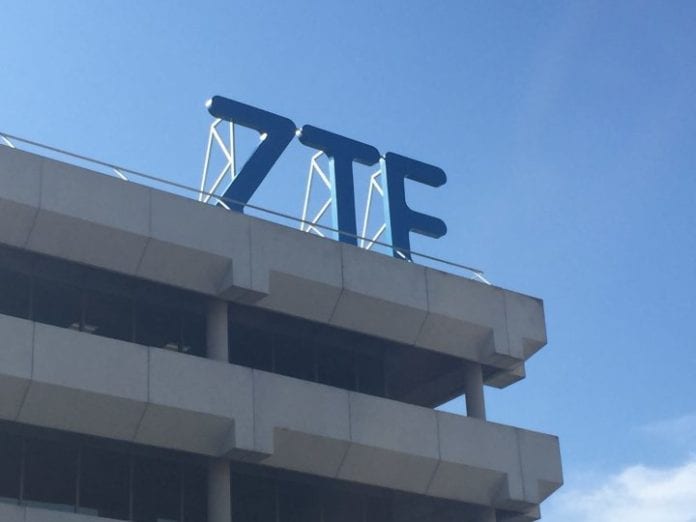ZTE sees growing opportunities in the virtualization space in emerging markets
SHANGHAI- Chinese vendor ZTE expects to end 2017 with approximately 300 commercial/POC virtualized networks globally, the company’s Principal Scientists of NFV/SDN solutions, told reporters during a press conference at Mobile World Congress Shanghai.
The executives said that the ZTE has already completed 240 virtualization network projects globally. “By February this year, we had 180 virtualized networks. We are seeing growing opportunities for virtualization projects involving the use of 5G technologies in 4G networks in emerging markets.”
ZTE said it is focusing on integrating SDN/NFV technology to help operators in network transformation and business model innovations. The executive also said that ZTE continues to expand its market share in the virtualization market globally. In the Chinese market, the vendor has a dominant position in the virtualization segment, he added.
In December 2016, ZTE had announced an agreement with Spanish telecom giant Telefónica to jointly build a large scale virtual IP multimedia subsystem network in Latin America. The network is expected to cover seven countries – Panama, Costa Rica, Nicaragua, El Salvador, Guatemala, Ecuador and Uruguay – in providing support for voice-over-LTE and voice-over-Wi-Fi services for Telefónica customers.
ZTE is deploying the solution as a virtual network function using its virtualization infrastructure. The solution is designed for seamless integration with Telefónica’s legacy networks, and is the first step in the carrier’s UNICA virtualization program.
In related news, the infrastructure vendor has unveiled its Carrier DevOps 2.0 during the Mobile World Congress Shanghai.
The Carrier DevOps Builder 2.0 solution uses carrier-grade Docker container technology to issue thousands of editable end-to-end plug-and-play customized 5G slicing services. The new version is an upgrade of the company’s Cloud Native Carrier DevOps Builder.
“With ZTE’s innovative customized network slicing technology, Carrier DevOps Builder 2.0 will help operators meet the increasingly complex and diversified needs of the network,” said He Wei, Chief Architect of MANO Products. “Carrier DevOps Builder 2.0 will help accelerate the transformation of many applications in the telecommunications by leveraging traditional IT technologies, and will create a more convenient, efficient and open basic network platform.”
“The era when one network with same functions can serve all industries is coming to the end,” He said. “In order to better understand application requirements of different industries, ZTE adopted an ecosystem-based approach in the development of Carrier DevOps Builder 2.0.”

